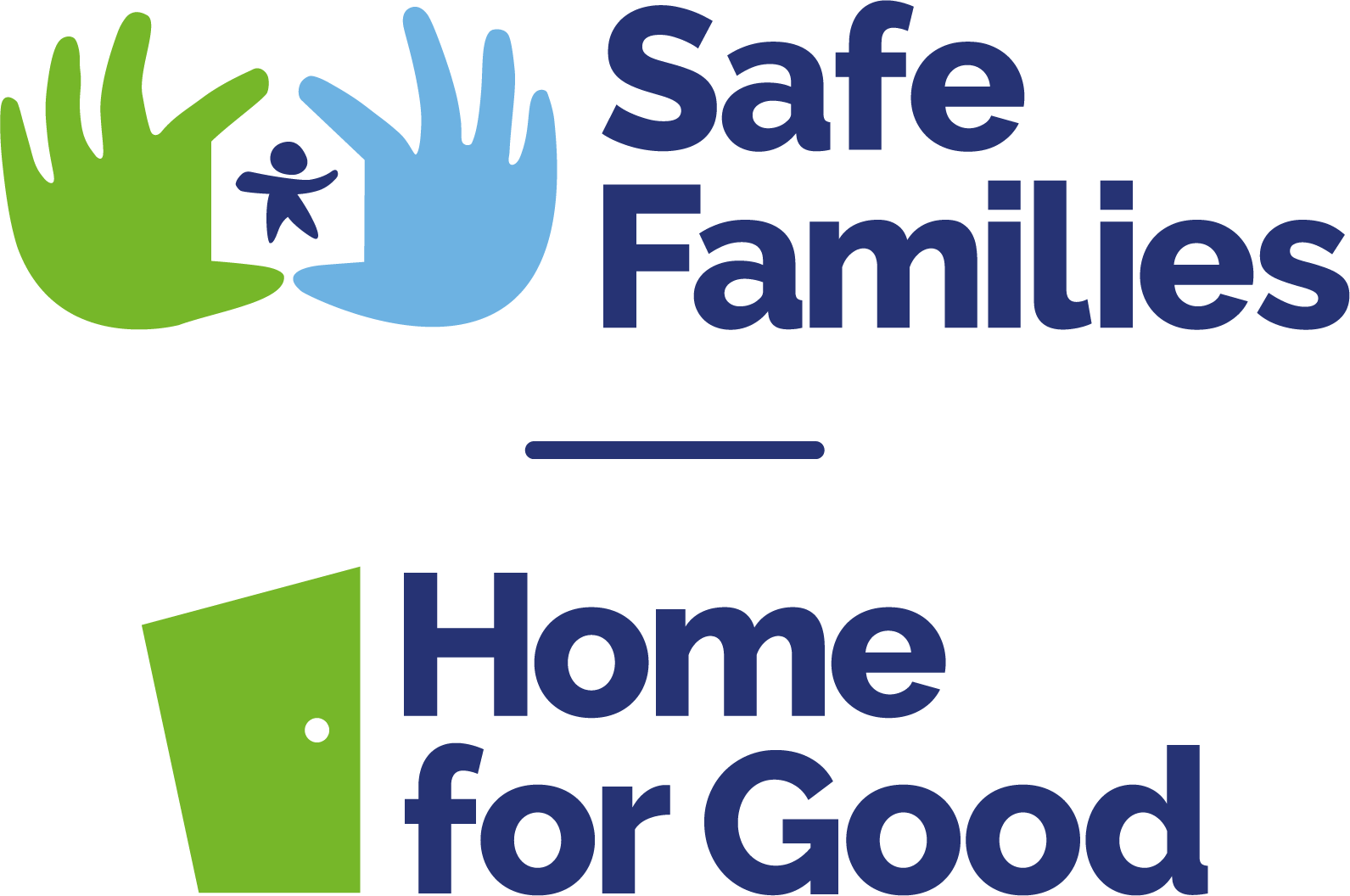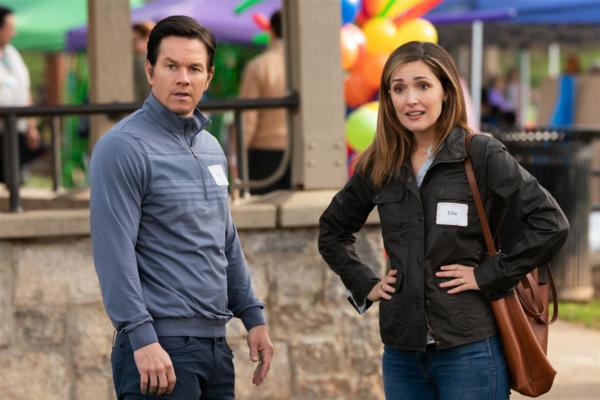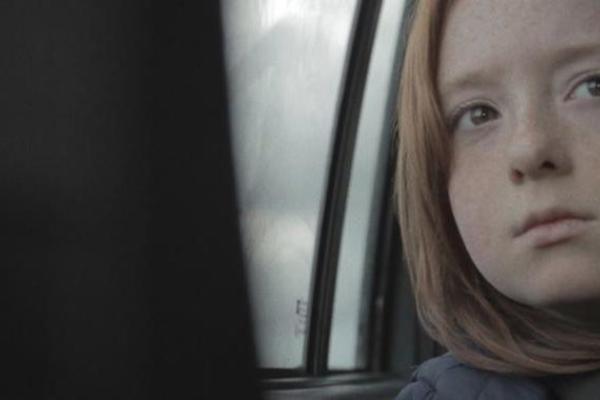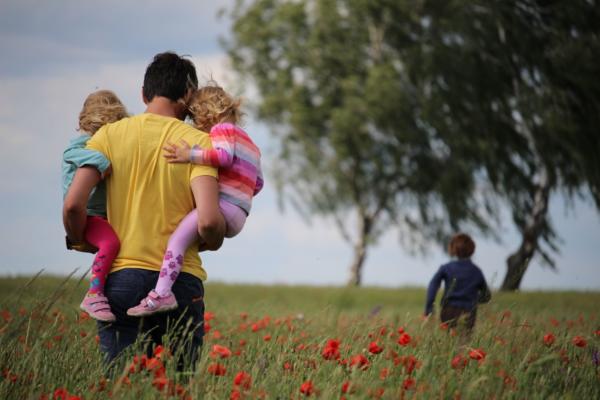It’s not often that fostering and adoption take centre stage in Hollywood – unless, of course, it’s a superhero movie, but the representation of caring for vulnerable children in those films tends to get a bit overlooked amidst radioactive spiders or kryptonite.
But in Instant Family, a film made by Paramount Studios with genuine ‘A’ list actors and a well-known director, fostering and adoption feature prominently in probably one of the most real depictions we’ve seen on screen. It helps that the director, Sean Anders, is an adoptive father himself and he wrote the film based in part on his family’s story.
We are so excited by this film and the possibilities it presents for people to better understand fostering, adoption and vulnerable children. Many of the Home for Good team have been to see early previews and the feeling is overwhelmingly positive.
We are aware, though, that this film may well raise more questions than it answers, so we thought we’d compile a list of questions you might have before the film, and some you might have afterwards, and share our response to them.
Just a little disclaimer – there are spoilers in the answers to the post-film questions, so don’t read them unless you’ve seen it or you don’t mind!
Before the film.... I am a foster carer or adoptive parent. Should I see this film? And should I take my kids?
Possibly. We know quite a few foster carers and adoptive parents who have seen it and loved it, and some who even took their (older*) children. But it might not be for everyone, especially those who are finding things especially challenging at the moment. Why not read this adoptive parent’s blog about the film to find out a bit more.
* Although it’s a 12a certificate, there is quite a lot of strong language and some sexual themes.
I am care experienced. Should I see this film?
You may find it positive and affirming to see similar experiences to your own represented on screen – but there are a lot of potential triggers and moments that could spark memories that you may find difficult. We don’t think it will necessarily be beneficial for everyone with experience or knowledge of the care system to see the film. Ultimately, be kind to yourself.
I want to foster or adopt in the future but can’t right now. Should I see this film?
Absolutely! You may find it hard, either because it frustrates you that you’re unable to move forward in your journey now, or because you learn more of the trauma that vulnerable children can experience – or perhaps both. We do think the film will help to inform you and hopefully will also encourage and affirm you in your calling. If you haven’t already, check out the Home for Good Foundations course for people interested in exploring foster and adoption.
I am struggling with infertility. Should I see this film?
Perhaps. Infertility does not feature heavily, but it is referenced indirectly through secondary characters, and not really in a hugely positive or helpful way. If you feel that adoption or fostering *might* be something you explore in the future, then the film may help to inform you as you consider this but depending on your current circumstances, you may want to wait for the DVD. Be kind to yourself.
I’ve never even given a thought to fostering or adoption. Should I see this film?
YES! Absolutely and certainly YES! As a film in its own right, it’s pretty good – funny, moving and with a lot of likeable and quirky characters – but it’s also eye-opening, honest and challenging. Our hope is that it will help everyone who sees it to better understand the experiences and needs of vulnerable children and the families who care for them.
It’s a 12a. Should I take my kids?
We were surprised that it received this certificate. There is quite a lot of strong language and some sexual content. This blog might give you some more insight into your decision.
Should I take tissues?
Yes.
After the film.... Is that how fostering and adoption works in the UK?
Not really. Our system is quite different to the American one, although the needs and experiences of the children are similar.
For clarity, fostering is caring for children in your own home when their birth family is unable to look after them. This might just be for a few days or weeks, or it could be months or years, while the best plan for their future is decided. For some children, it is appropriate for them to stay with a foster family throughout their childhood, and this is usually known as long-term fostering. Find out more about fostering.
Adoption is the legal process that means a child formally and permanently joins a new family, and happens when a family court decides it is in the best interests of the child. Find out more about adoption.
Commonly, an individual or family would pursue either fostering or adoption, depending on how they feel best-placed to support a vulnerable child, however there are some processes where carers are approved both to foster and adopt, similar to the couple in Instant Family, which come under the framework of ‘early permanence’. The goal of this is to reduce the number of moves a child experiences. Early permanence placements are often used for very young children and we work with a number of partner agencies who specialise in this type of care. Find out more about early permanence.
Is the film’s portrayal of foster carers accurate?
Hmmmm. As foster carers, we felt Pete and Ellie were great – but this is complicated by their intentions/hope to go on to adopt the children. The characters who were shown to be solely foster carers were NOT represented well.
One social worker explained, ‘most foster carers are wonderful, but some are just in it for the paycheck’. Sadly, the ones in the film came from the second category. While this may occasionally be the case, we were sad that this was depicted on screen as it could imply that all foster carers who are ‘just’ foster carers and don’t hope to adopt the children in their care are only doing it for the money.
We know hundreds of incredible, passionate, committed, loving, selfless foster carers who have no plans to adopt the children in their care, because they are dedicated to fostering and providing a safe, stable and supportive environment for vulnerable children – in the way that they need it for as long as they need it. This is wonderful and we wholly affirm fostering and foster carers.
Adoption is not the end goal for every child – and nor should it be. For many, if children are unable to be cared for by their birth family, it is right and best that they find the care and nurture they require within a fostering environment. Foster carers, we see you.
Is the film’s portrayal of social workers accurate?
The two social workers in the film are great. In our experience, working alongside many social workers all over the country, there are loads who are just like this – normal, friendly, encouraging, helpful, and maybe even a little bit quirky! They are also professional, hard-working (usually in very challenging situations) and genuinely care about the children they are seeking to help.
The only thing that wasn’t accurate is that the film showed the same two social workers at every point of the journey: information event, training, matching, placement support, family court etc. The reality is that most prospective foster carers and adoptive parents will engage with a number of different social workers through their enquiry, training and initial assessment, and then should be assigned one who will write their full report and take them to approval panel (more on this in the next question).
Once approved (by a panel of social workers and other professionals, and ultimately, by the Head of Service), parents and carers may then be assigned a new social worker, or another may step in to help with matching. Plus, any children in care will have their own social worker acting on their behalf, so anyone involved in fostering or adoption is likely to engage with a lot more than two social workers.
Is the film’s portrayal of the assessment process accurate?
Not really. The film showed an information event, group training and a first aid course – all of which do feature in the process, but the bulk of the assessment happens through a home study, with a social worker visiting prospective carers about ten times over a few months. They ask a LOT of questions and compile a big report, which then has to go for panel approval. Find out more about assessment here.
Is the film’s portrayal of vulnerable children accurate?
In so many ways, yes, the film shows an accurate and honest picture of the needs, experiences and challenges of children who come into care. The children are shown struggling with trust and building attachments, with not being in control and accepting how things are. They push boundaries, push their carers’ buttons, and push each other. They manipulate their carers and try to turn them against each other. They were shown to be angry, anxious, stubborn and sad.
We think that this portrayal is so important and we are glad it is being shown (not that it’s necessarily easy to watch), because it is the reality for children who experience trauma, loss, neglect and abuse:
‘Those kids feel scared and lost every day of their lives…’
It is heart-breaking, but this is the reality for children who come into care, and we are glad that this film raises awareness of this.
The film also raises awareness of three of the groups of children who most need homes through fostering or adoption– older children and teenagers, sibling groups, and children of different ethnicities. This need is the same in the UK, along with children who have additional or complex needs or disabilities.
Is the film’s portrayal of the birth family accurate?
Every story is unique, but there were many aspects of this one that would resonate and be common among the birth families of many children in care. Most importantly, that their birth mother loved them deeply. We know that this is the case in so many situations. That she fought for them, battled with addiction and tried hard to overcome can also be the case.
In the UK, it is potentially unlikely that this story would have ended with adoption for the children because there could have been a plan for consistent and loving care within a long-term foster family, while maintaining some ongoing contact with their birth mother. Ultimately, it’s fiction, so who knows.
Where it is possible, and in the best interests of the children, ongoing contact with birth family can be a hugely positive thing.
The film has made me consider fostering/adoption. What should I do now?
Get in touch! We’d love to chat, answer your question, and help you process all you’re thinking about. Call our enquiry team on 0300 001 0995 or make an enquiry online.
Can you really just have three kids arrive at your house like that?
In some ways, yes. If you have been through the fostering assessment process and approved to care for three children, then you could have them arrive ‘instantly’ without having met them before – but only after you have agreed with your social worker that you are happy to welcome the placement.
If you have been approved to adopt three children, then they would be identified in consultation with you, and then a panel will have to approve the match. You will then have a period of introductions, usually of about two-three weeks, where you spend time with them in their foster home and get to know them, gradually taking over their care, before they ultimately move in with you.
What support is available for foster carers and adoptive parents?
The film showed just how much carers and parents need support and Home for Good is passionate about facilitating this and ensuring every family gets the support they need. Find out more about support here.











